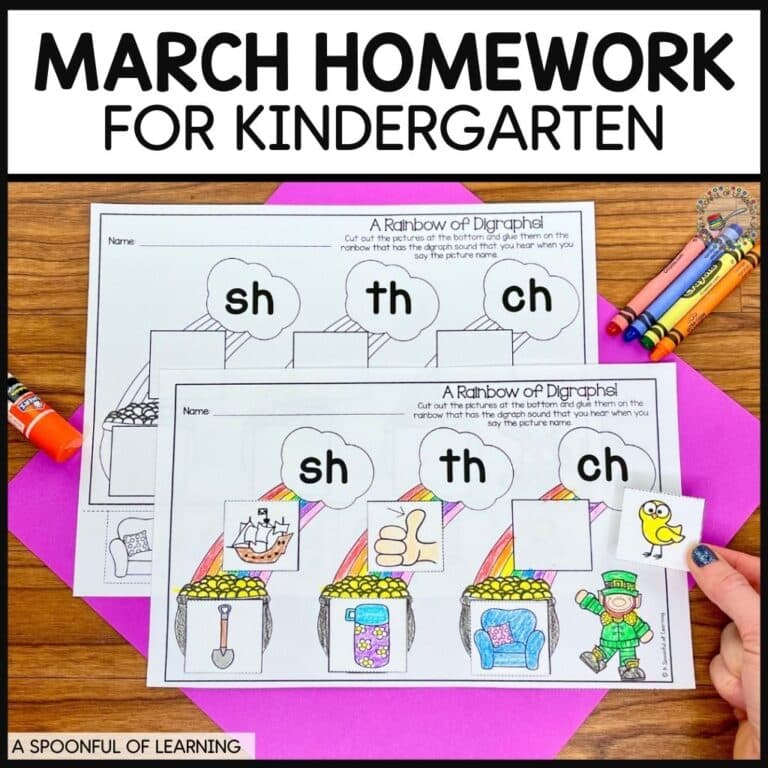
Want to try a FREE winter center activity?
As the weather starts to warm up, would you like to bring a little bit of spring into your classroom? Try a spring thematic unit! I love to incorporate literacy and science into hands-on and engaging activities with a fun seasonal twist! In this post, I’m going to share some of my favorite activities that you can use to create a week of spring fun for your students.
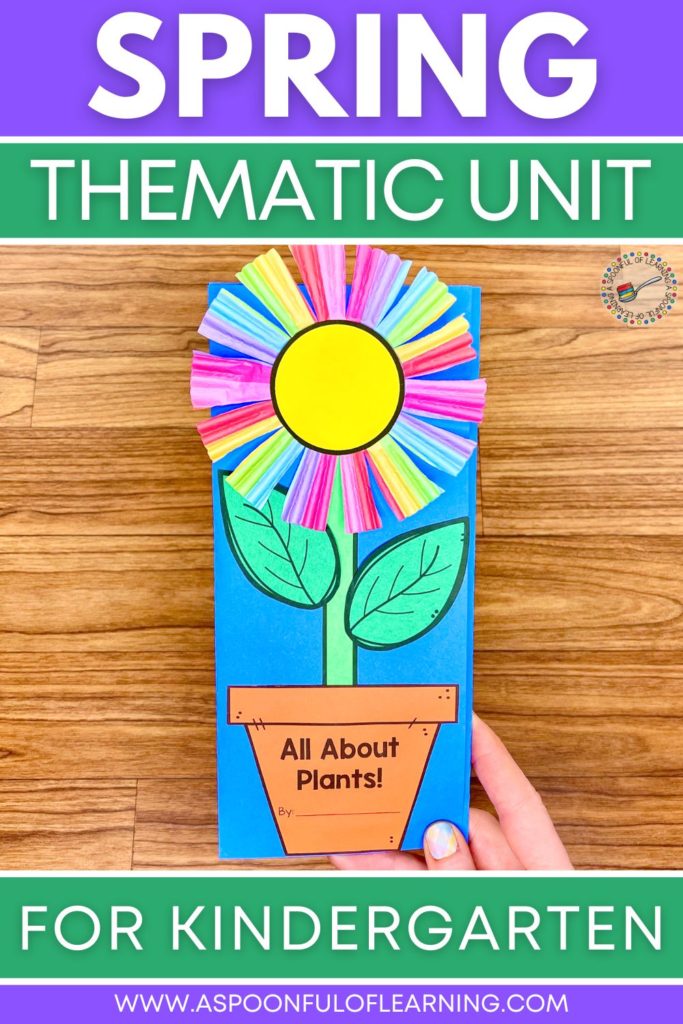
The first step in a spring thematic unit is to learn more about the season itself!
Teach your students about spring by reading an engaging nonfiction book about this season. As you read the book, you can create an anchor chart to document the things that you feel, smell, see, and hear in spring. This anchor chart will be a helpful resource for your students during this unit study.
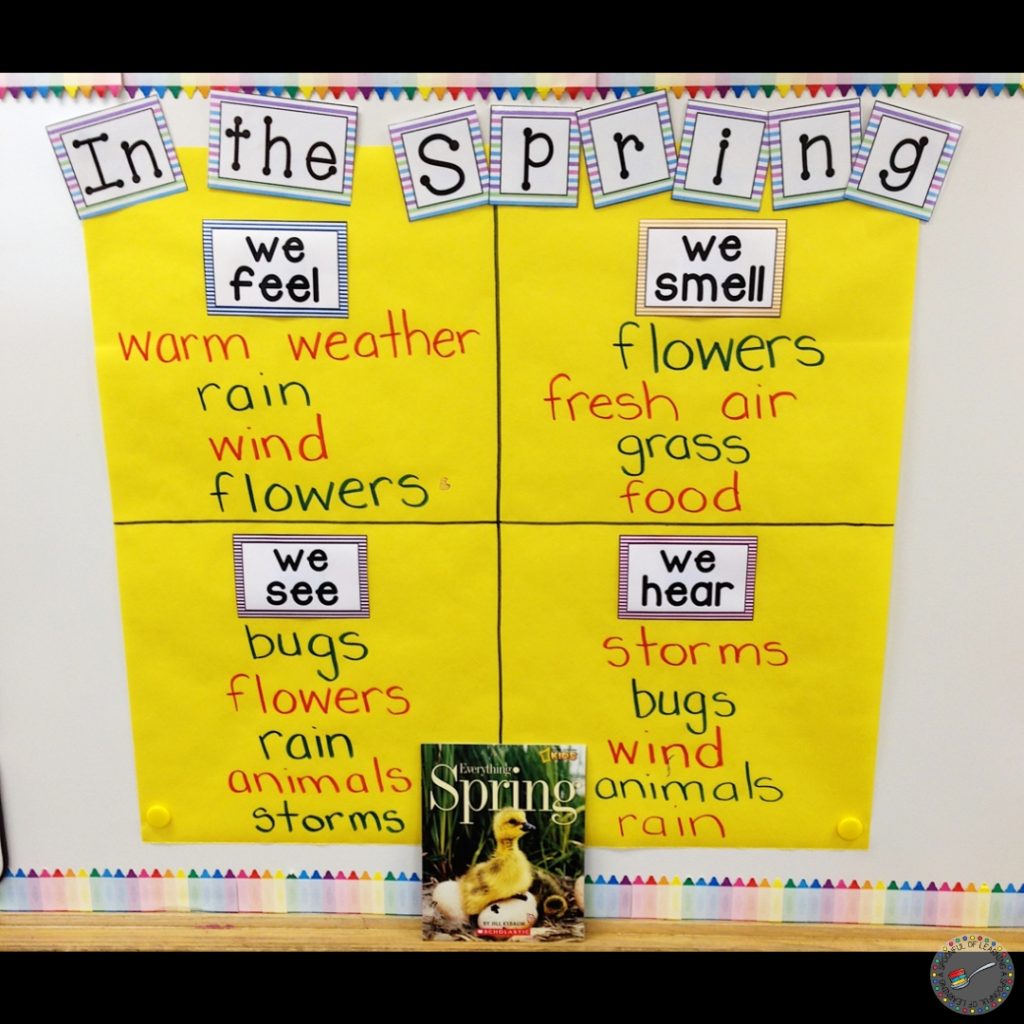
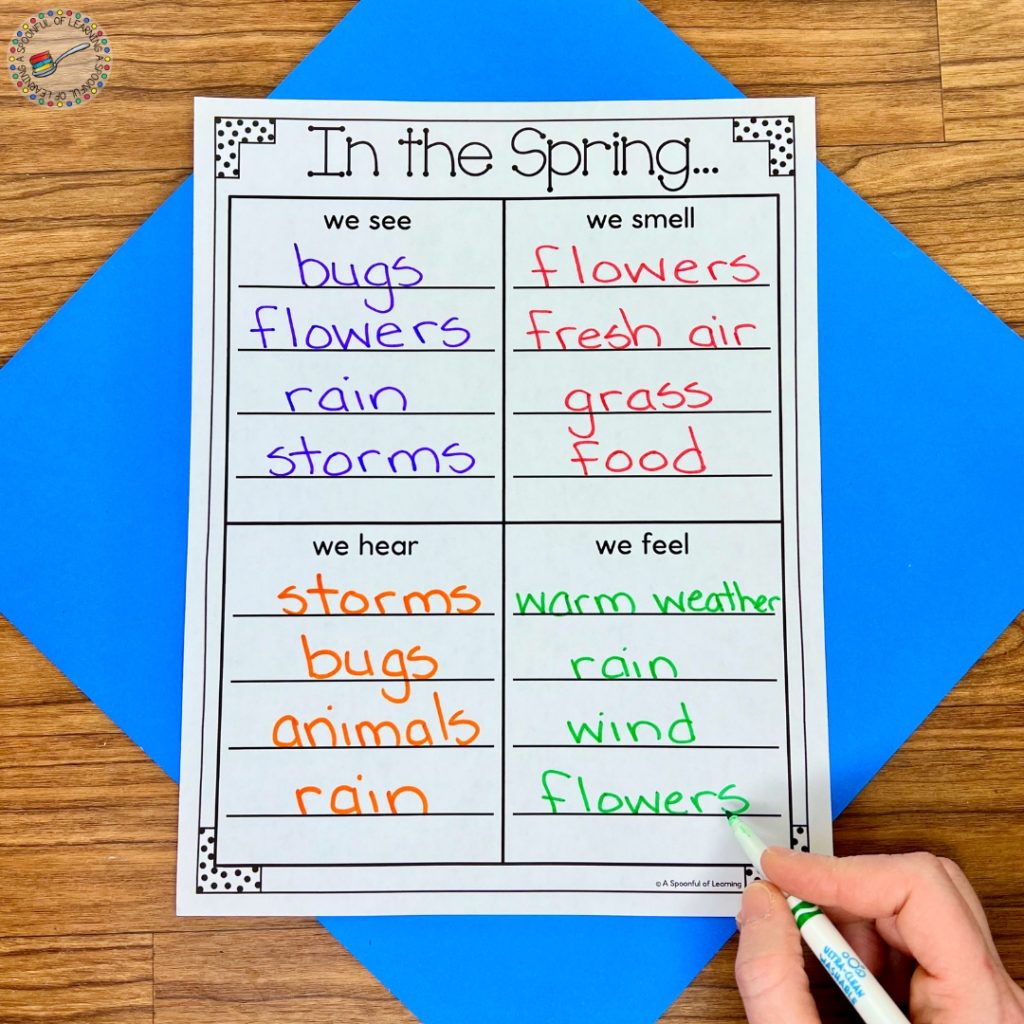
Students can also fill out their own graphic organizer with facts about spring.
After you’ve had a chance to discuss spring as a class, students can create their own informational flip book about this season! Since the flip book uses a similar format to the anchor chart, students can reference the chart as they complete each page.

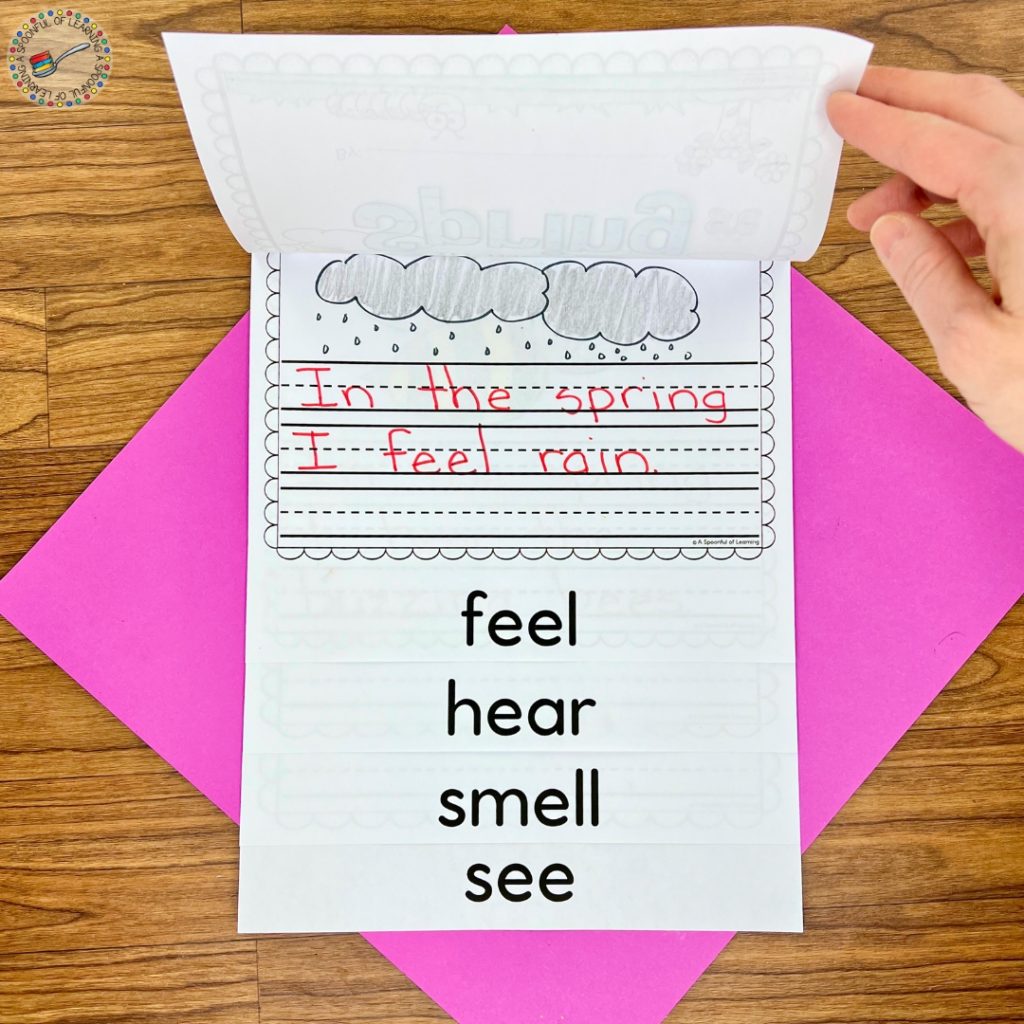
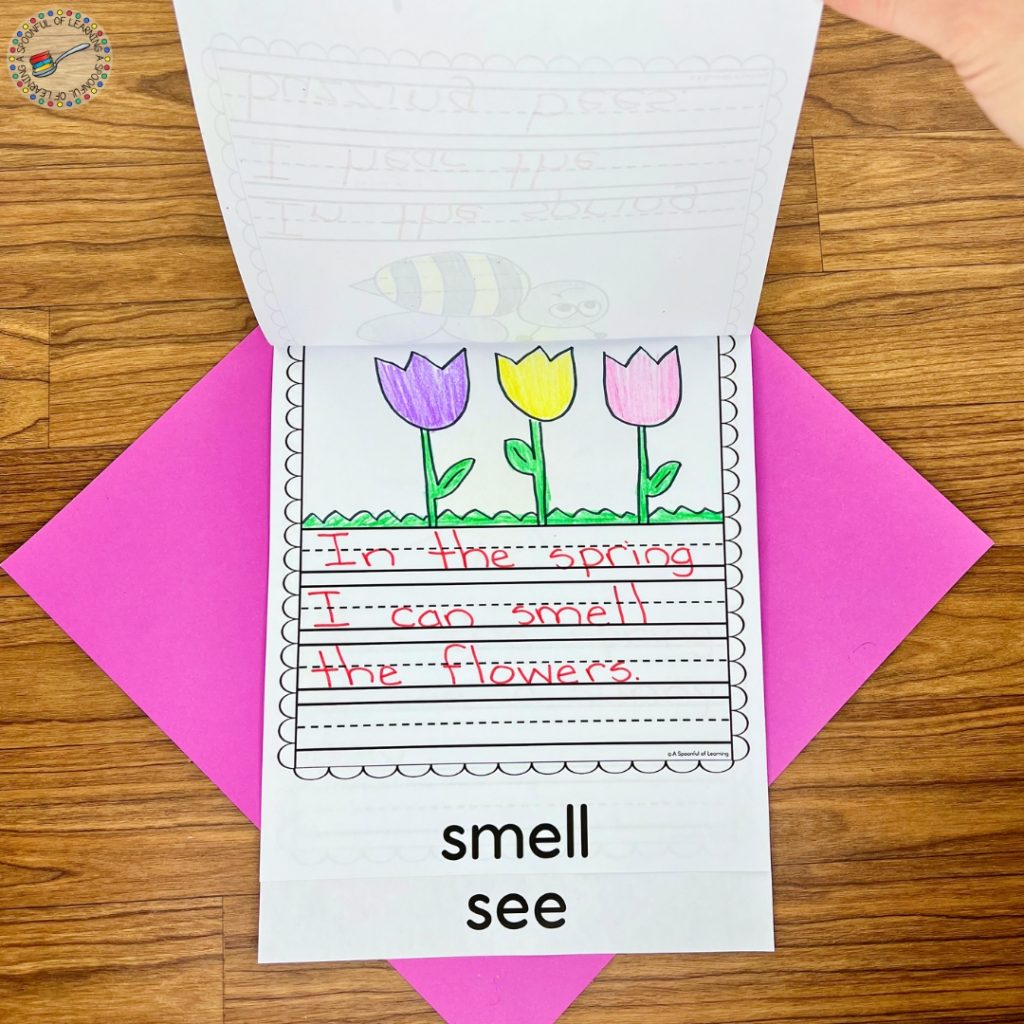
Your students will love to take this home to show their families everything they’ve learned about spring! This is a great way to encourage students to practice vocabulary and reading.
A spring thematic unit is an excellent opportunity to combine both science and literacy practice. Doing a science experiment together as a class will get your students excited to write as they document what happens.
One of my favorite hands-on activities for spring is the bean plant experiment! Students are always so excited to see the beans sprout. Students will each place a lima bean on a damp paper towel inside a sandwich bag. Once all of the seeds are prepared, you can tape them into a window that gets sunlight. Then it’s time for the observation to begin!
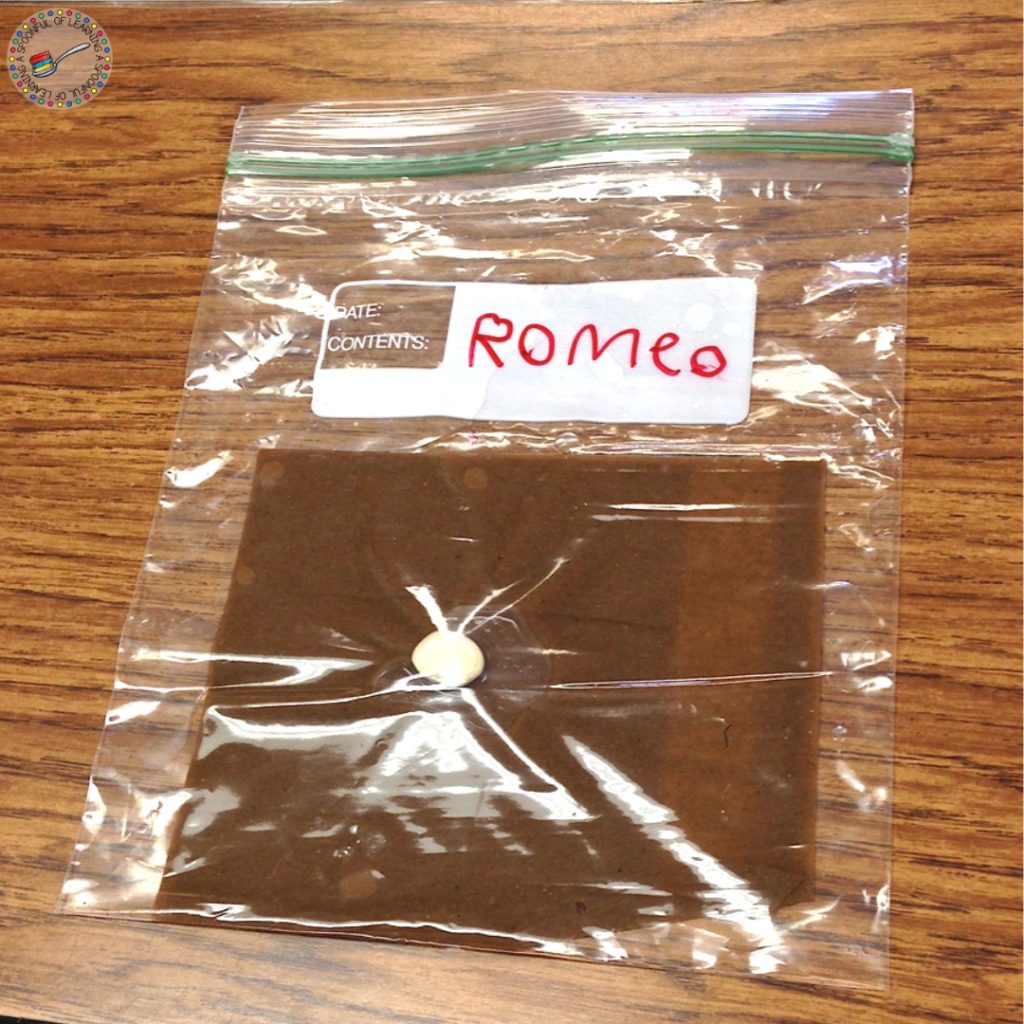
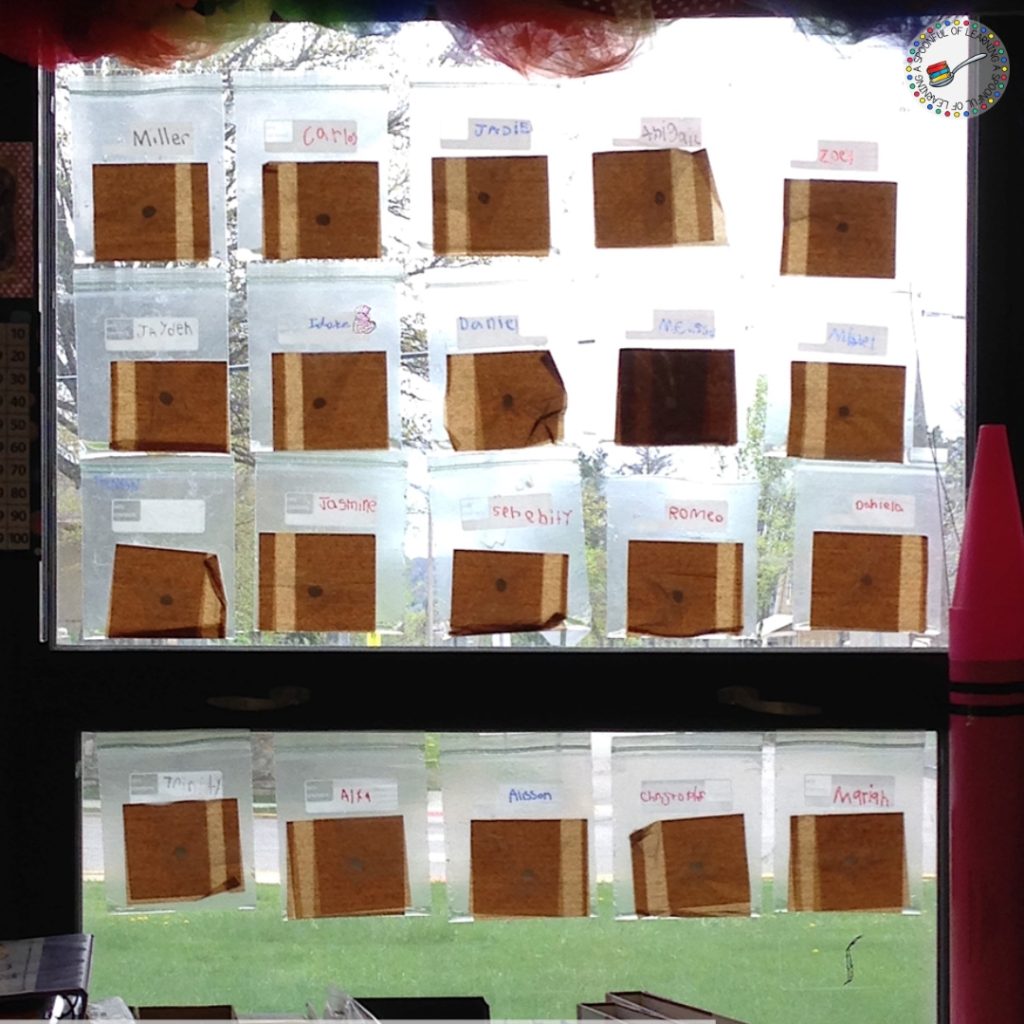
This printable bean experiment booklet doubles as fun writing practice. It has space for students to document their predictions, procedures, and observations – just like a scientist! Each day, students will document what happens to the bean plant as it goes through the germination process. They will be so excited to check on their beans each day, then write and draw their observations.
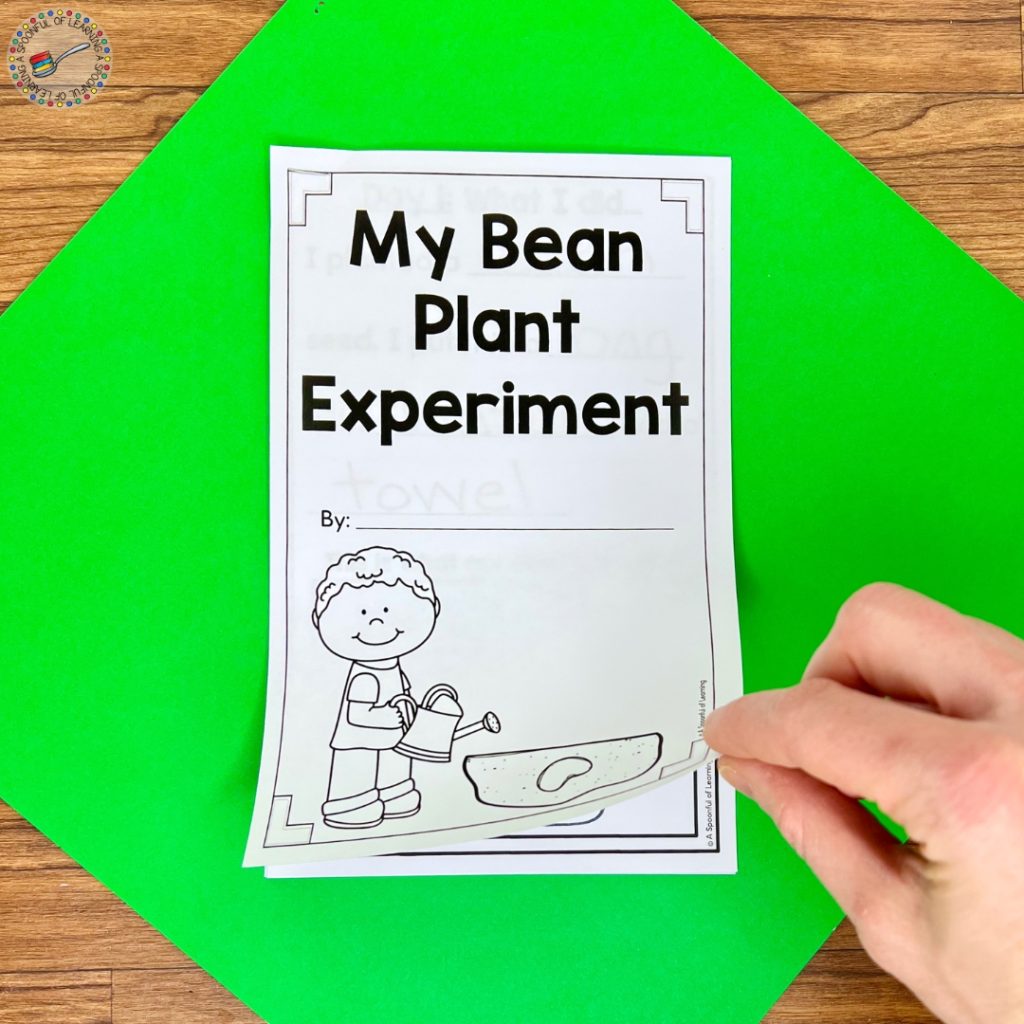

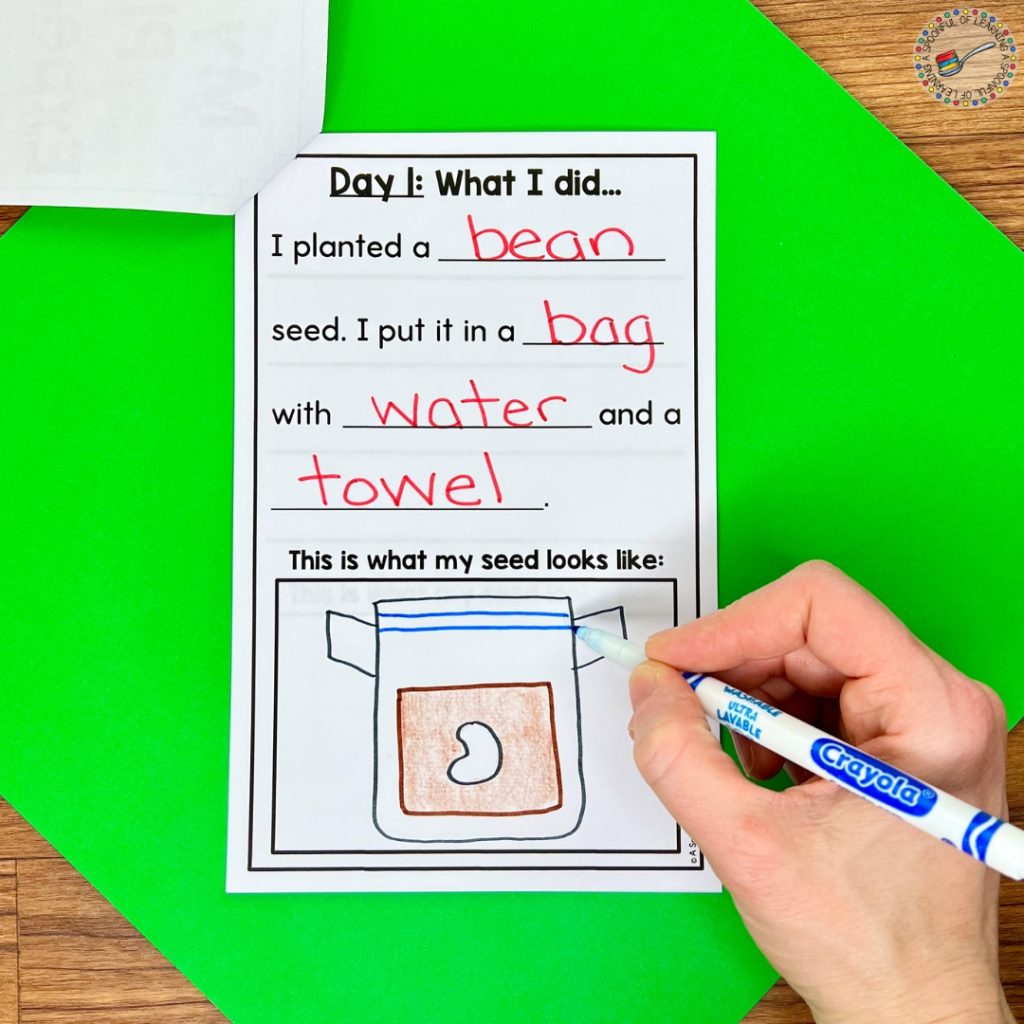
Now that students are excited about the science of plants, it’s time to learn more about them! There are many fun and engaging ways to help your students learn more about plants. A spring unit study is the perfect time to add these activities to your lesson plans!
Nonfiction picture books are a great way to spark interest and discussion about plants. As you read these books together as a class, you can create an anchor chart. You can create columns to document what plants need, what they have, and what they are.
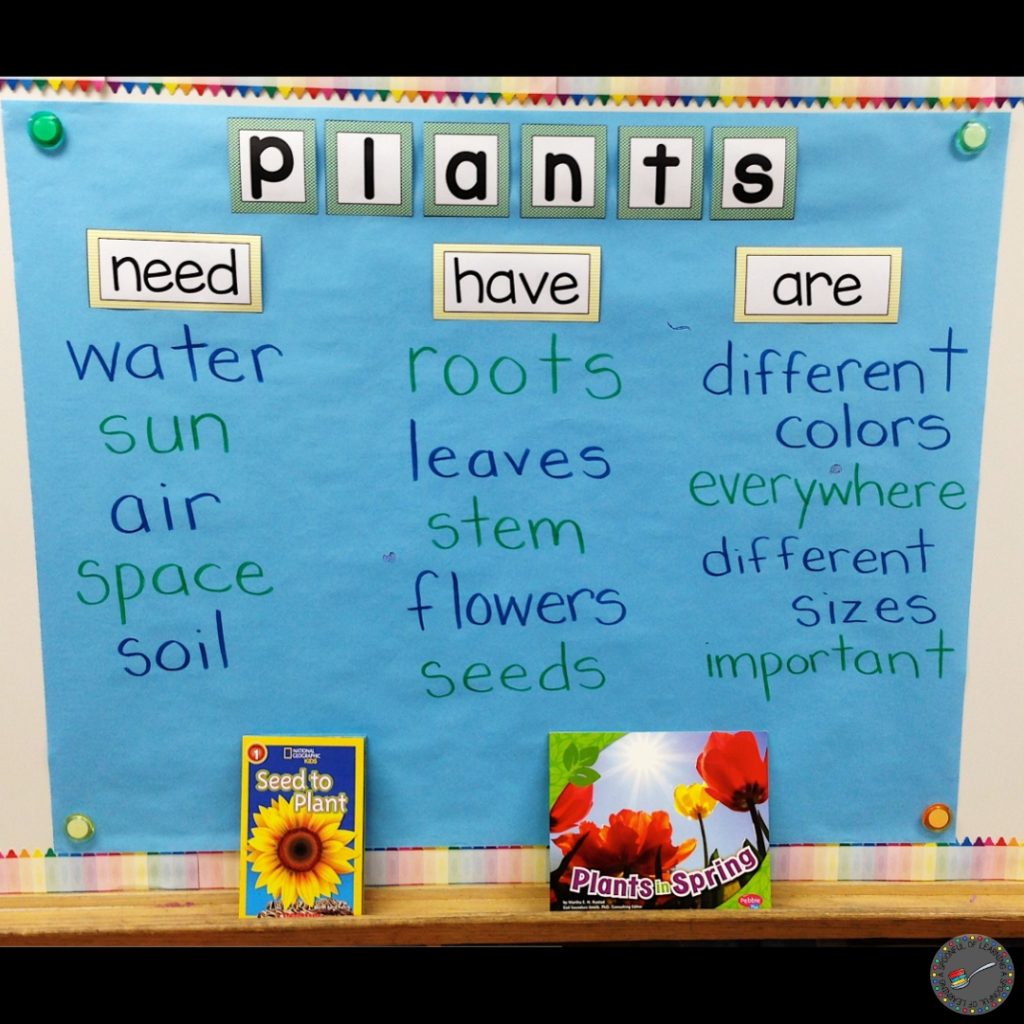
After discussing plants as a class, students can document what they’ve learned about the parts of a plant. This interactive flip book has students label the different parts of a plant. They will also complete sentence frames that describe what each part of the plant does.
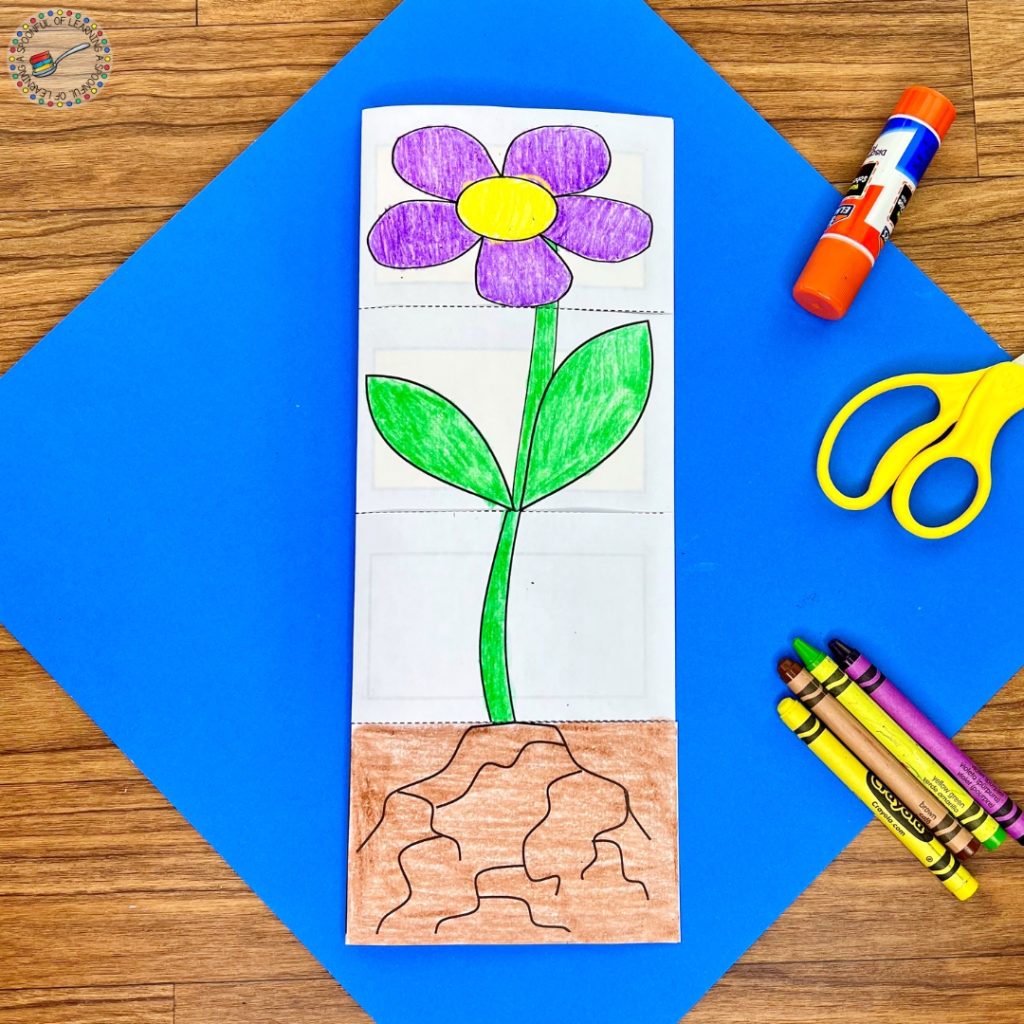

Another engaging activity for students to complete is this adorable tri-fold and craft! Students can write and illustrate what plants need to grow, the parts of a plant, and other interesting plant facts. They love to create a cute flower for the front cover using a cupcake liner!
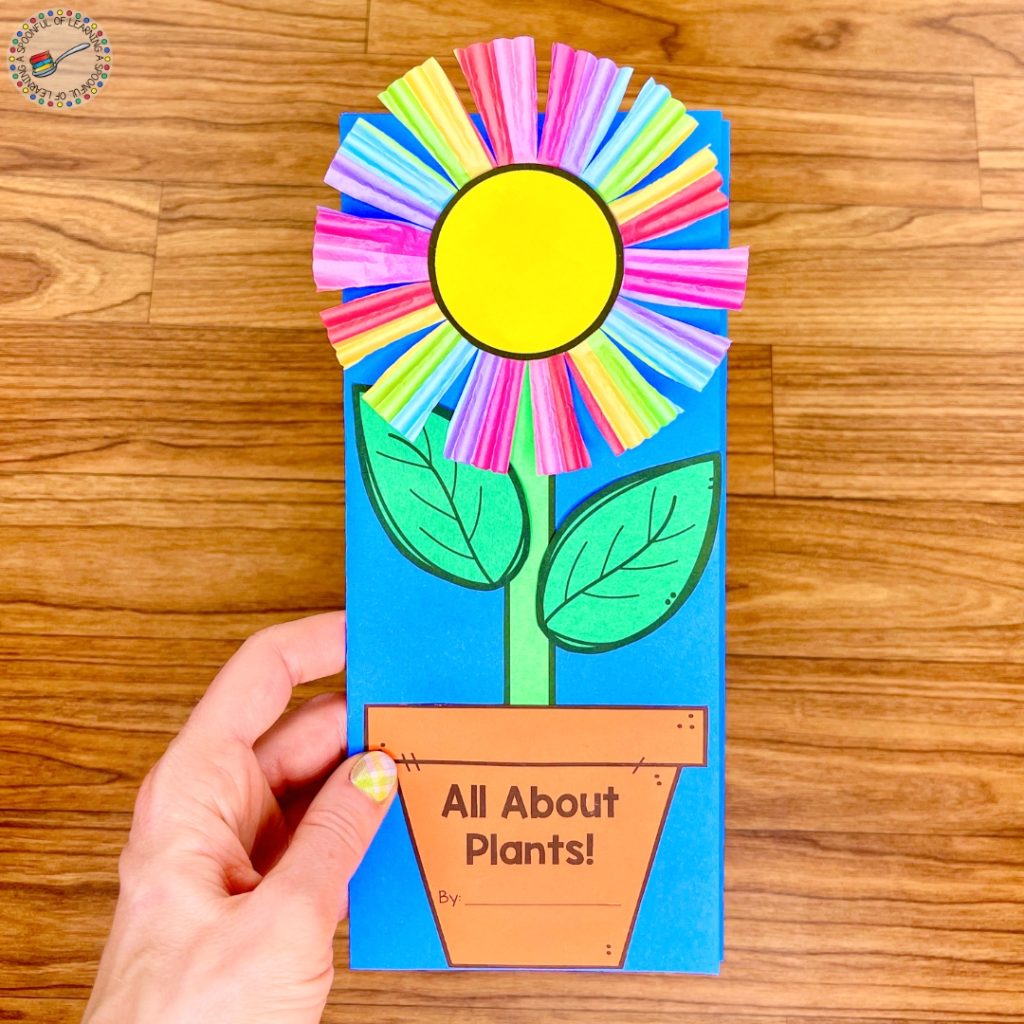
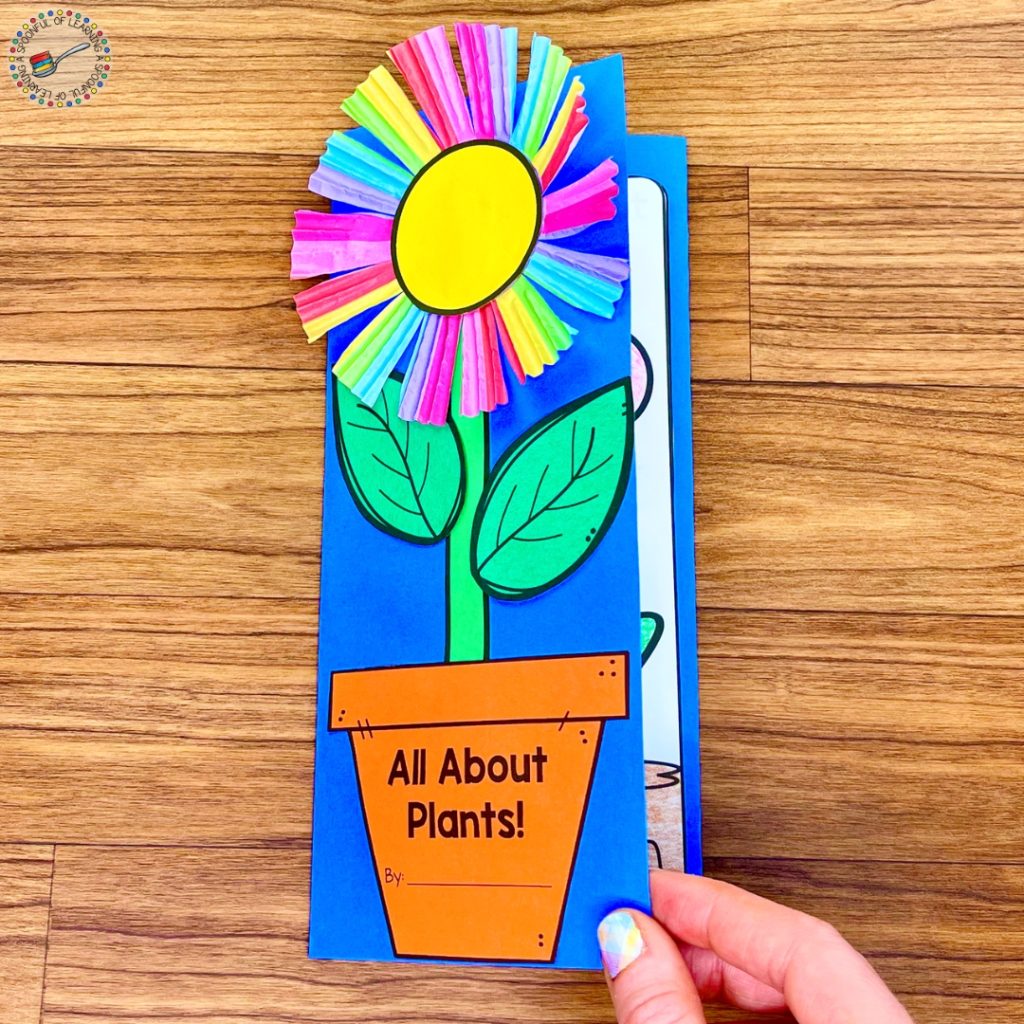
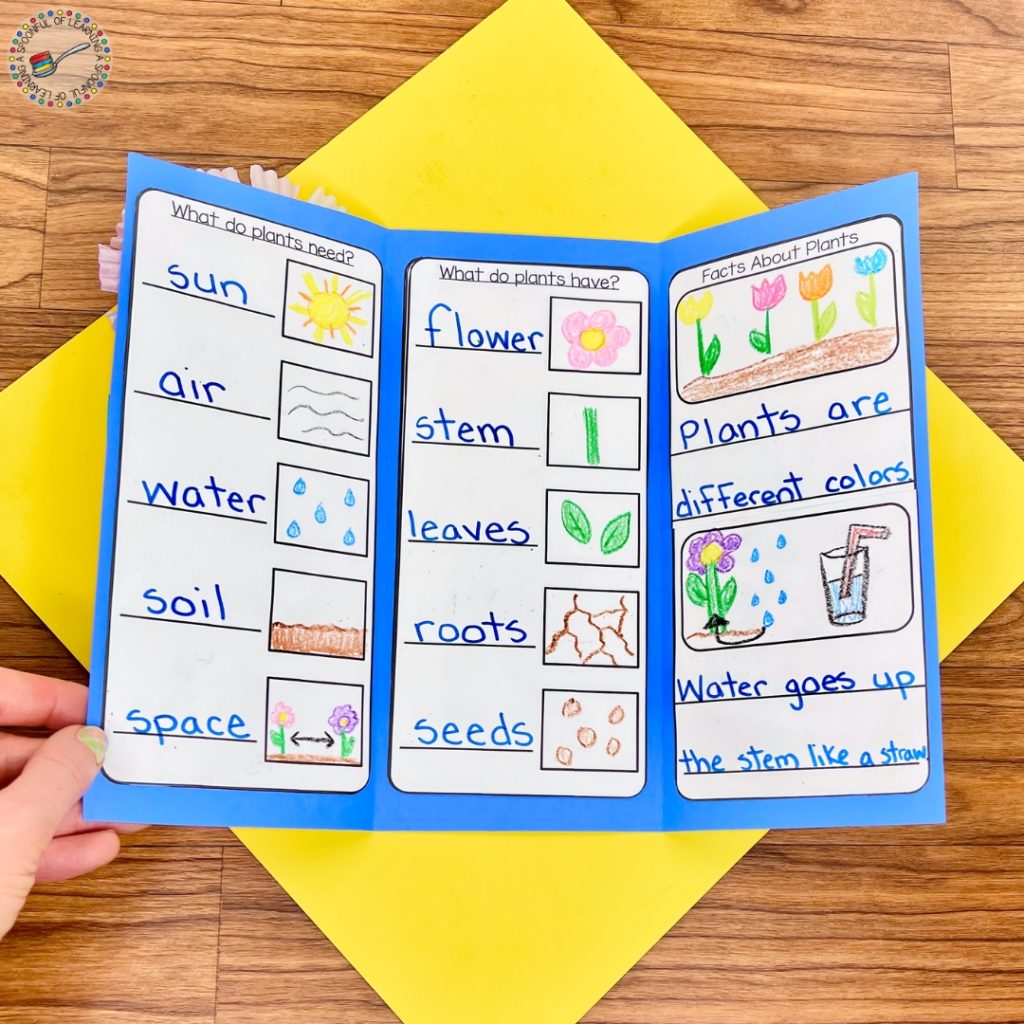
Your students can learn more about the life cycle of plants with a nonfiction book and class discussion. You can use an anchor chart to document the stages of the plant life cycle. Students can then use this chart as a guide for the next activity.

A fun flip book can help students document what they’ve learned about the life cycle of a plant. This book comes with two options for the sentences on each page.
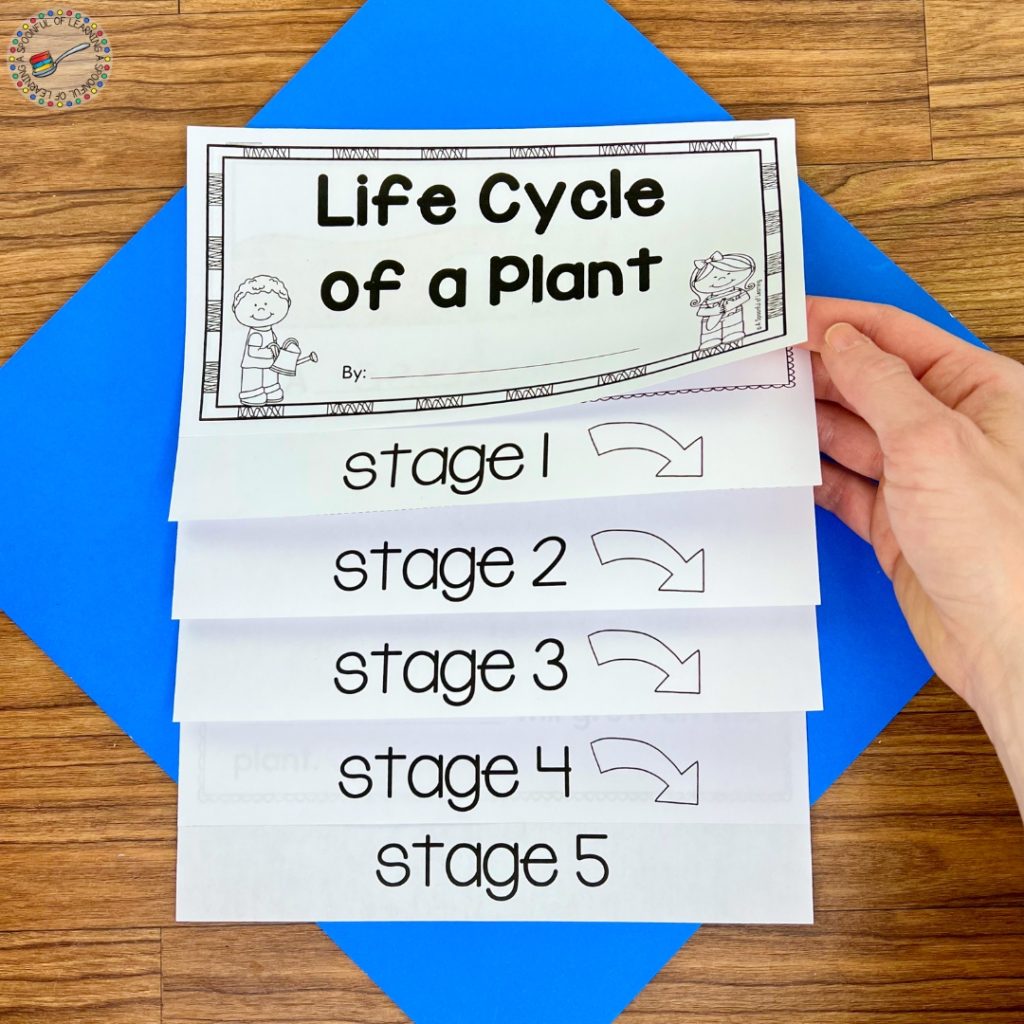

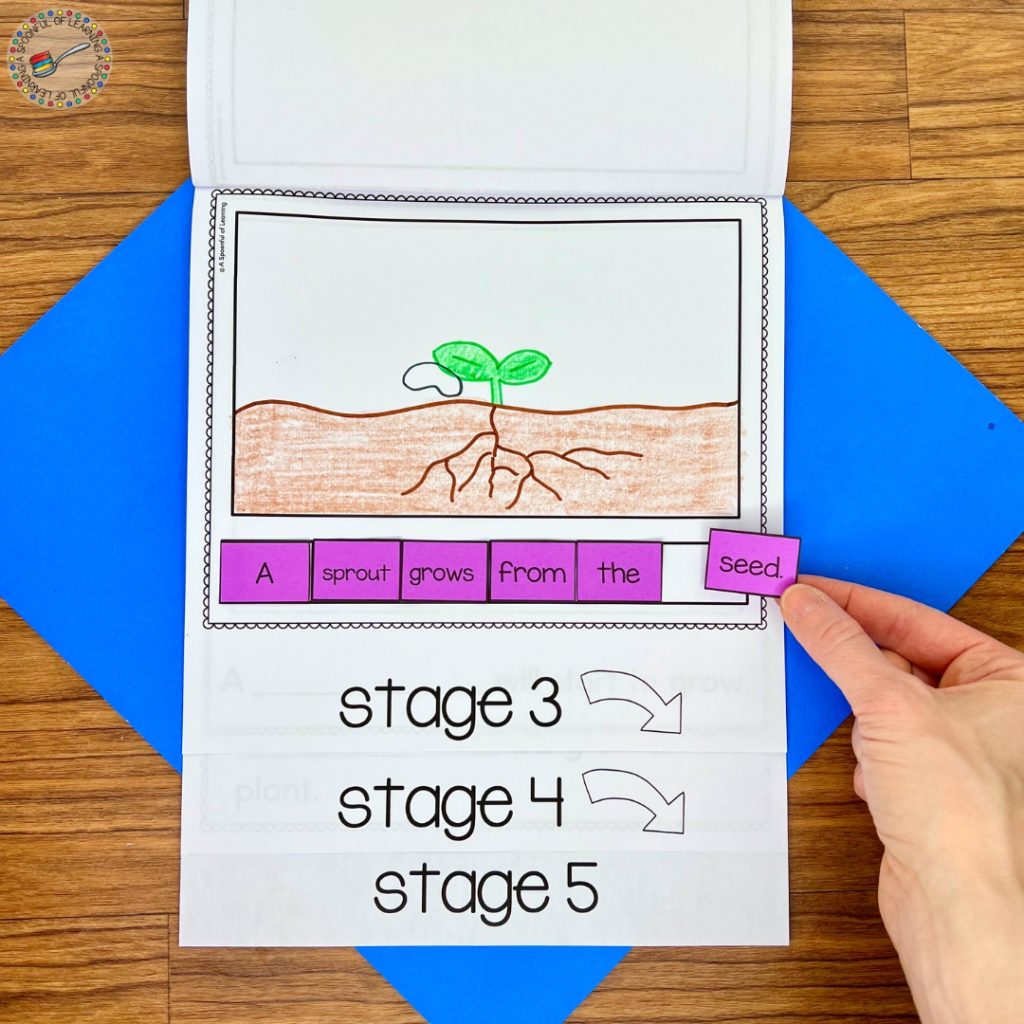
The first option is a sentence scramble, where students can put the word cards in the correct order to build a sentence for each page. The other option is a sentence frame on each page. Both options have plenty of space for students to illustrate each stage of the plant life cycle.
In addition to learning and writing about plants, your class can practice other literacy skills with a fun spring twist! This flower sight word game is the perfect addition to a spring thematic unit. After preparing a set of flower cards with sight words on them, you can spread them out on the table. Then, have your students put their hands at the edge of the table.
You will shout out one of the sight words on the table and students will start looking for it. Once a student finds the word, they will place their hand on the card as quickly as possible. The first one to touch the sight word gets to keep the card and the student with the most cards at the end is the winner!
All of the activities above have been compiled in one time-saving download! It is full of hands-on and engaging literacy and science activities for your students to enjoy this spring. Included in this resource is a Unit-at-a-Glance PDF with a suggested outline for incorporating these activities into five days of instruction.
If you’d like to take a closer look at everything included in this resource, you can find it in the A Spoonful of Learning shop or TPT.

Be sure to save this post if you’d like to come back to it later. Just add the pin below to your favorite teaching board on Pinterest! You’ll be able to quickly find this post when you’re looking for a fun spring thematic unit for your classroom. If you’re looking for even more fun spring thematic units, be sure to check out this St. Patrick’s Day unit study!
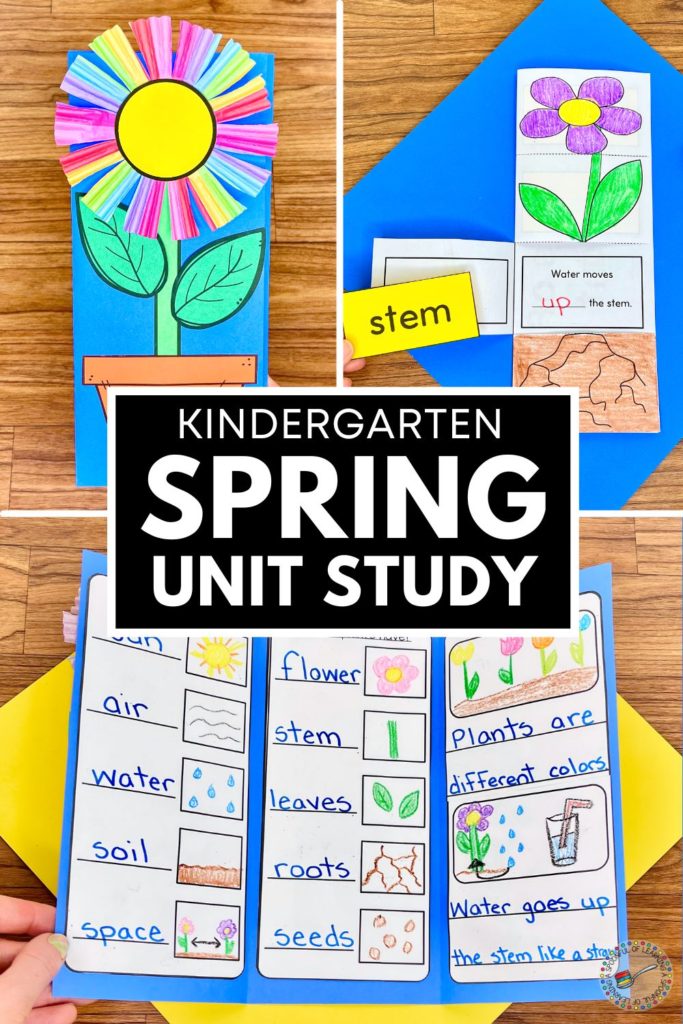
These alphabet books will have students dive deep into learning about each letter of the alphabet while eager to see what activity they get to complete next!